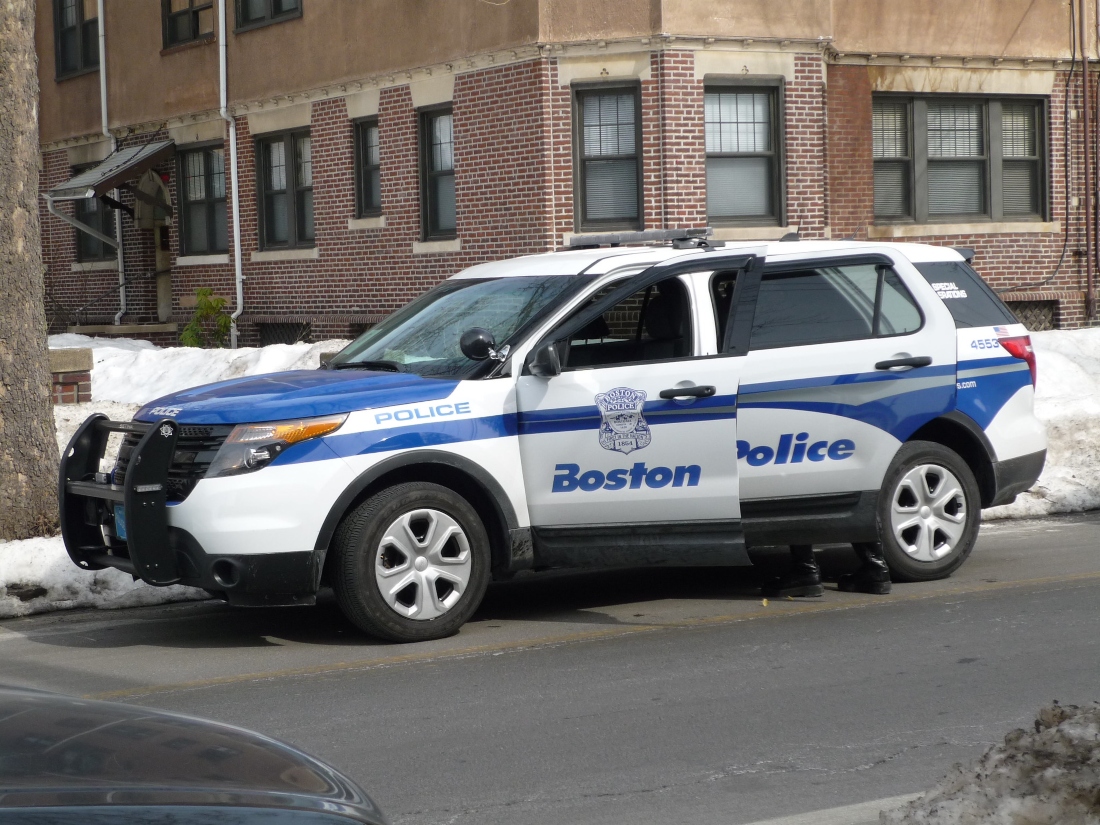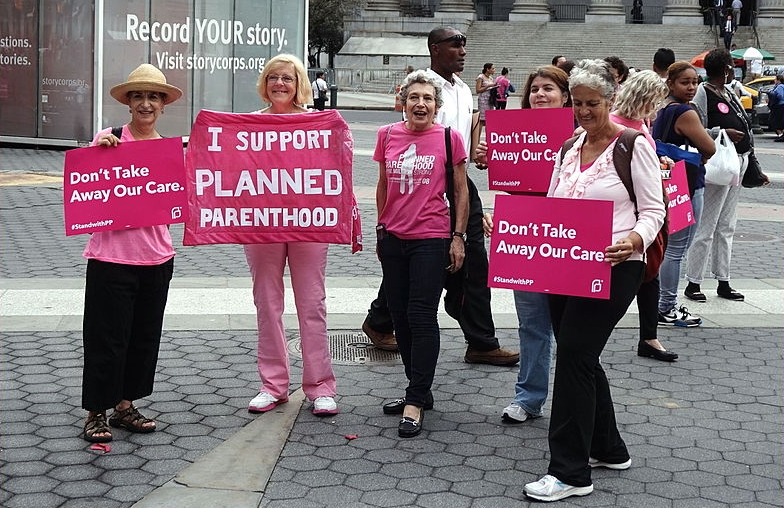Black activists complain that $25,000 reparations payments are not enough to cure racism
03/19/2021 / By Ethan Huff

The city of Evanston, Ill., is aiming to become the first in America to offer people with dark skin free cash as “reparations” for past “injustices.” Black activist groups, however, say the amount being offered is inadequate to address “systemic racism.”
Alderwoman Robin Rue Simmons of Evanston proposed awarding black people $25,000 grants that they could put towards buying a home, paying a mortgage, or making home improvements. Black people who were residents of Evanston between 1919 and 1969 would qualify, and their payments would come from a local three percent tax on legal cannabis sales.
“I thought that we, as a city, might localize a reparative policy to empower the black community and help rebuild wealth that had been stripped away due to predatory practices and other anti-black practices,” Simmons reportedly told Newsweek.
Simmons added that her plan could serve as a model for other cities to adopt should they choose to do so. Certain details could be modified based on the unique needs of different areas, but the concept would remain the same.
“It may look different from city to city, but the toolkit that we have developed in Evanston certainly is one that is replicable and includes starting with a very public process, understanding the history of the city, and where white supremacy and anti-blackness plays a role that has disadvantaged the black community,” she stated.
This effort to gain virtue signaling points from blacks is already backfiring, though, as a local group has come forward to accuse Simmons of being a “racist.” Her crime? Not proposing enough reparations money to black people, apparently.
The Facebook group “Evanston Rejects Racist Reparations” (ERRR) has already amassed some 500 followers in less than a month. Its members claim that $25,000 grants are hardly enough, and that Simmons is a “racist” for even proposing it.
“Black voices are not being heard, and they believe that what is on the table are not real reparations,” complained Sebastian Nalls, a 2020 Evanston mayoral candidate, during an interview with the newspaper of Northwestern University.
When is enough, enough?
In a March 2 Facebook statement, ERRR further complained that the scope of Simmons’ reparation plan is inadequate and that it would only end up enriching the banks, which group members say are responsible for the housing “inequities” that disenfranchised black people in the first place.
“To qualify for the reparations program, an individual must be the descendants of residents that lived in Evanston between 1919-1969 and / or evidence that they had faced racial disparities. Racial harm deserving of repair did not begin or end in those windows of time,” the statement reads.
Furthermore, most black people would still require “a large influx of cash” in addition to the $25,000 in order to make a down payment on a house at market rates. Having a good credit score would also be required, which many black people apparently do not have.
“The forces that had been historically benefiting from the racist policies of redlining and housing discrimination are now benefiting from a program aimed at undoing their harm,” the group contends.
Another problem, the group insists, is that all black residents of Evanston, and not just those who lived in the city between the aforementioned timeframe, “are owed repair.” This includes younger blacks who were not even alive at the time, and thus do not qualify.
Black people simply deserve more, ERRR alleges. And Simmons’ plan does not give them more, thus making it “racist.”
“We have come together as residents to fight against fake reparations,” the group concludes. “We reject racist reparations and demand a better, more responsive, more complete program that provides access to reparations acts of actual repair to Black [sic] folks.”
More related news can be found at Collapse.news.
Sources for this article include:
Submit a correction >>
Tagged Under:
black people, blacks, deception, Evanston, Evanston Rejects Racist Reparations, grants, lies, racism, reparations
This article may contain statements that reflect the opinion of the author
RECENT NEWS & ARTICLES
COPYRIGHT © 2017 PENSIONS NEWS



















